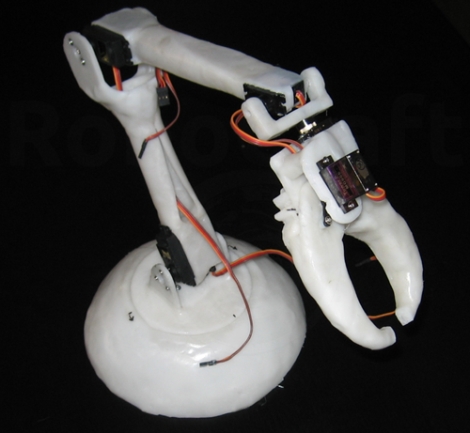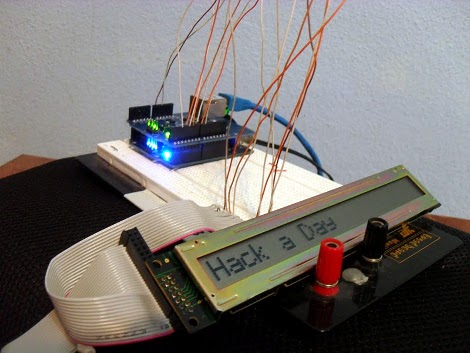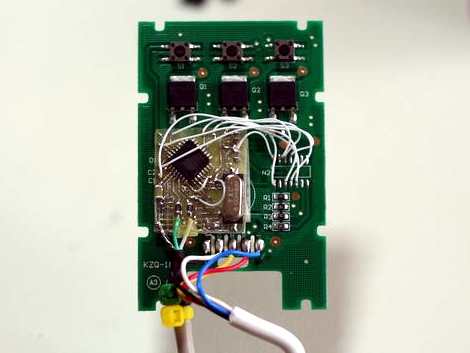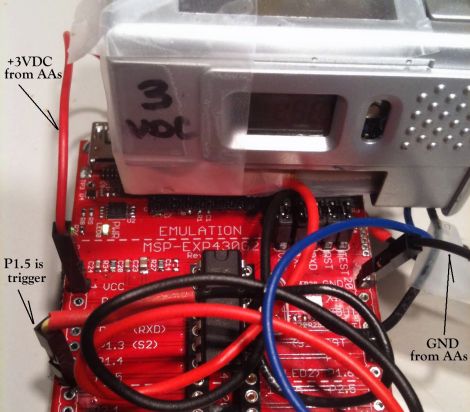
In part one I showed you that you could install a linux distro on a new computer and transplant it into a 386 computer in a short amount of time and with little effort. Now it is time to move on to bigger and beefier machines like 486’s, Pentiums and better.
I am going to break this quick tutorial down into sections based on installed RAM. While this won’t be a “how to” for all old PCs in the world I hope to at least send you in the right direction. I will mention a few distributions mainly for the super low ram machines. Its not my intent to start a distrubution war, and I have not personally sat down with every single one to make a educated assessment. However, you’re more than welcome to chime in.
Join us after the break and see what options you have for that old “boat anchor” sitting in the closet!

















